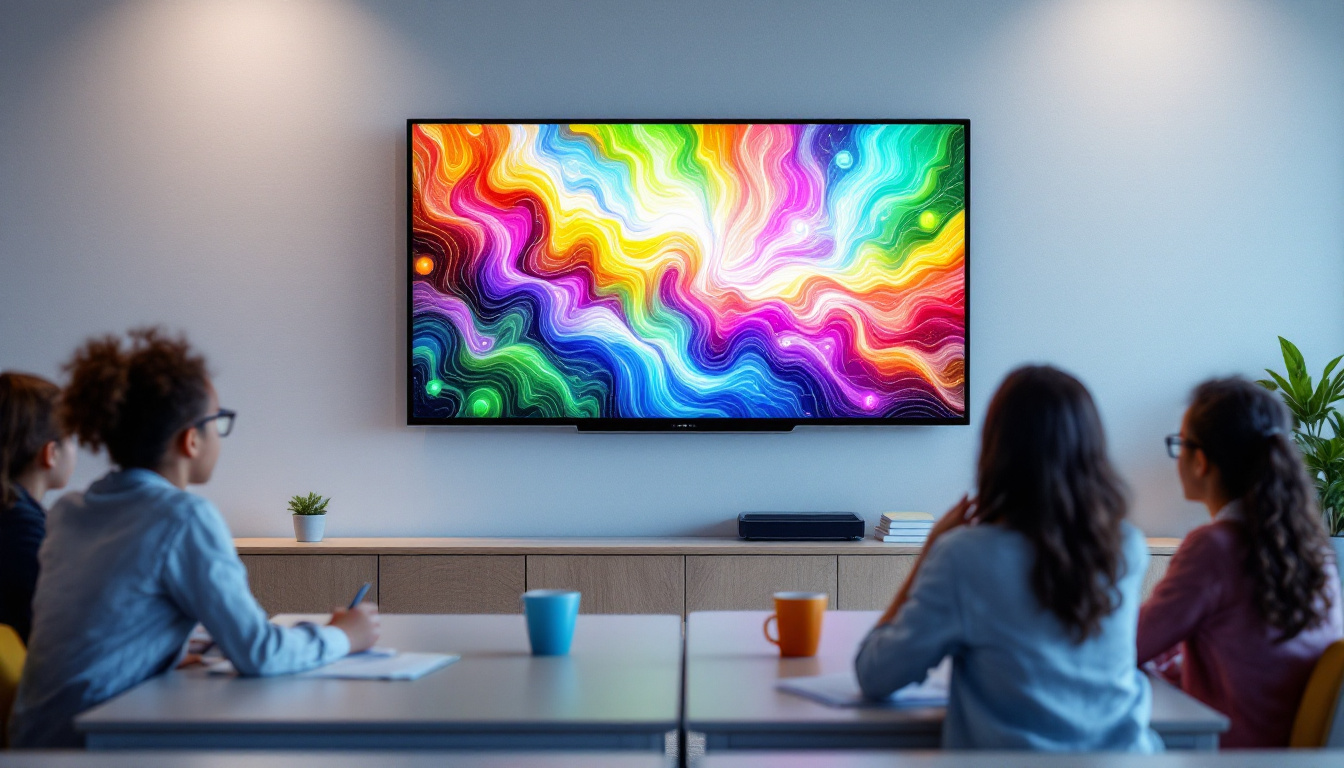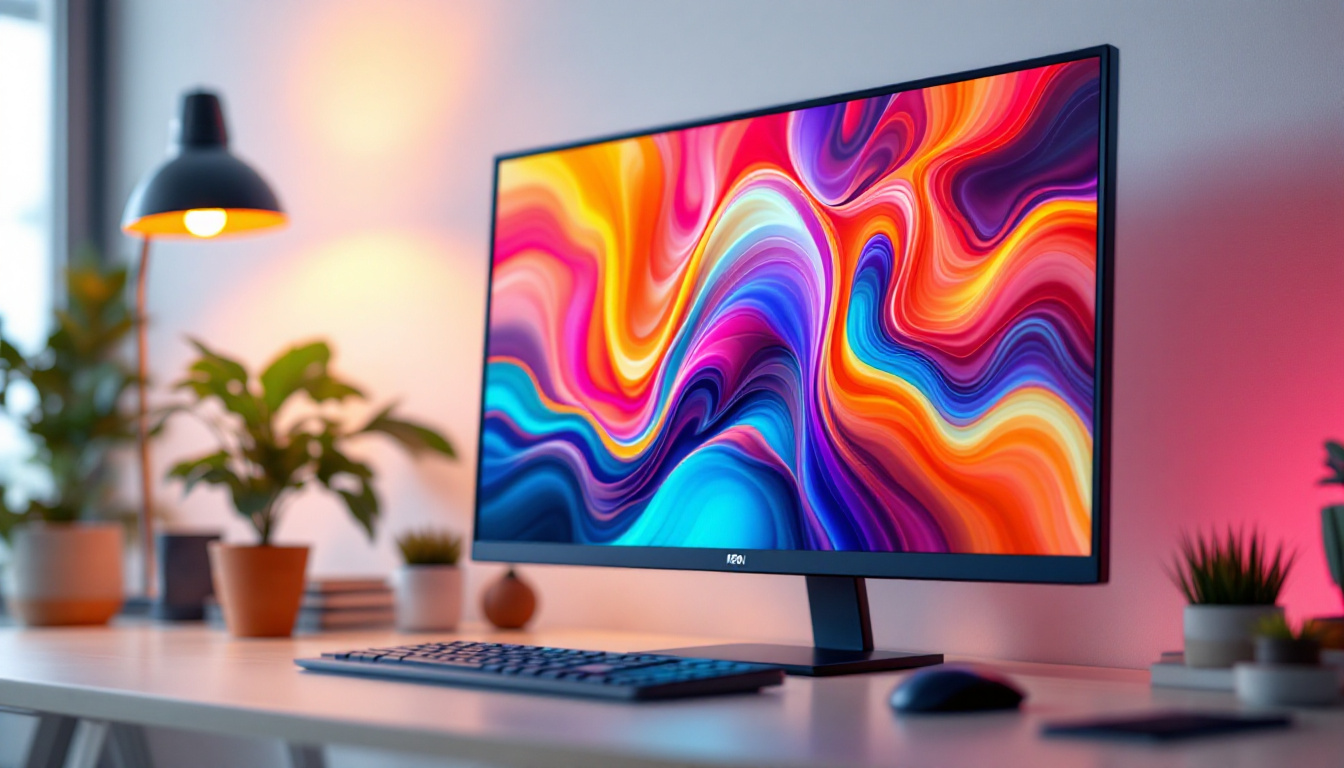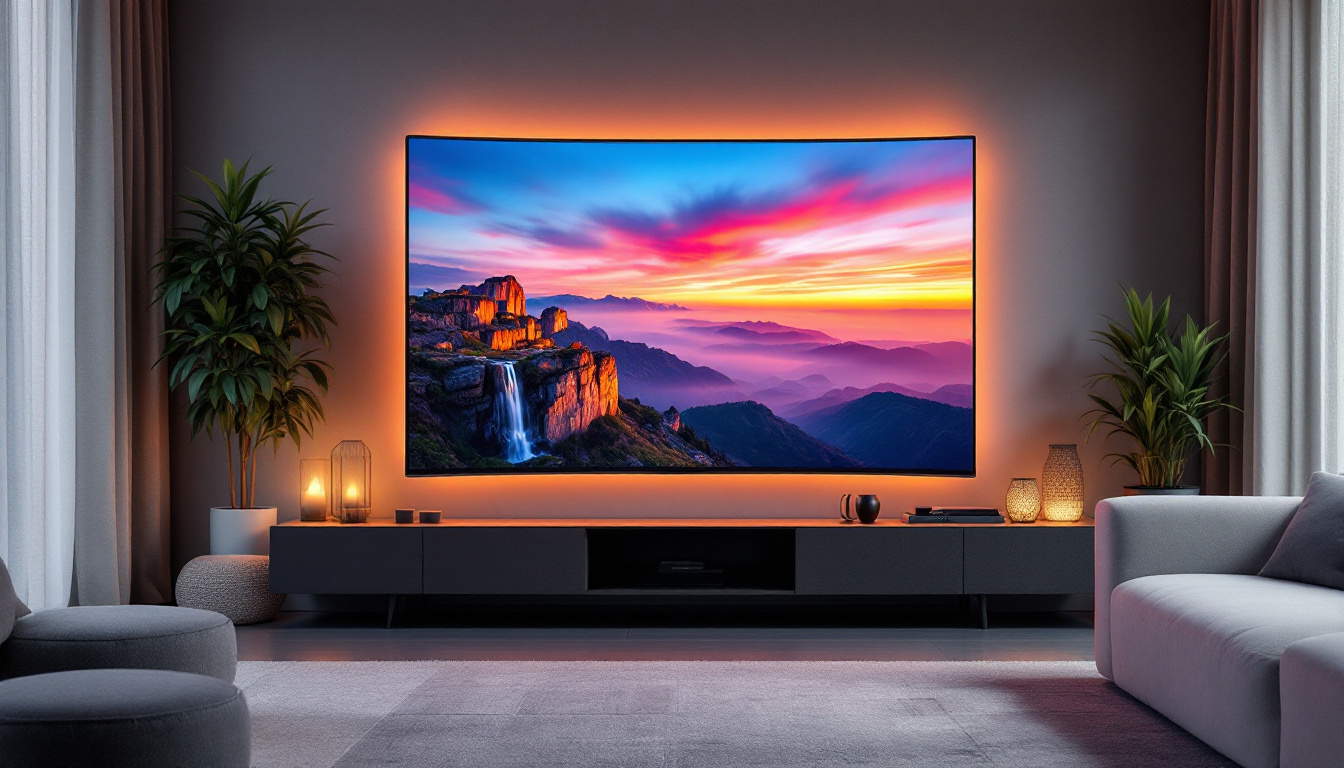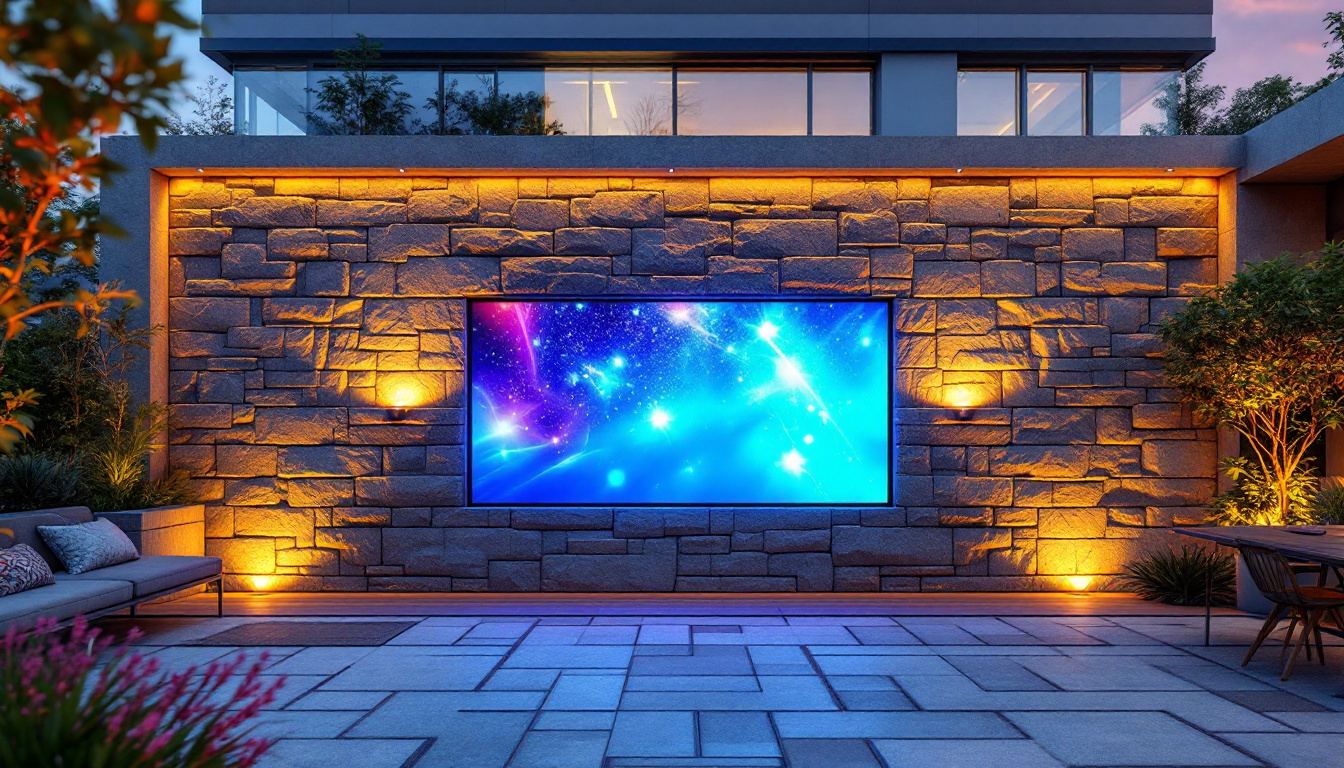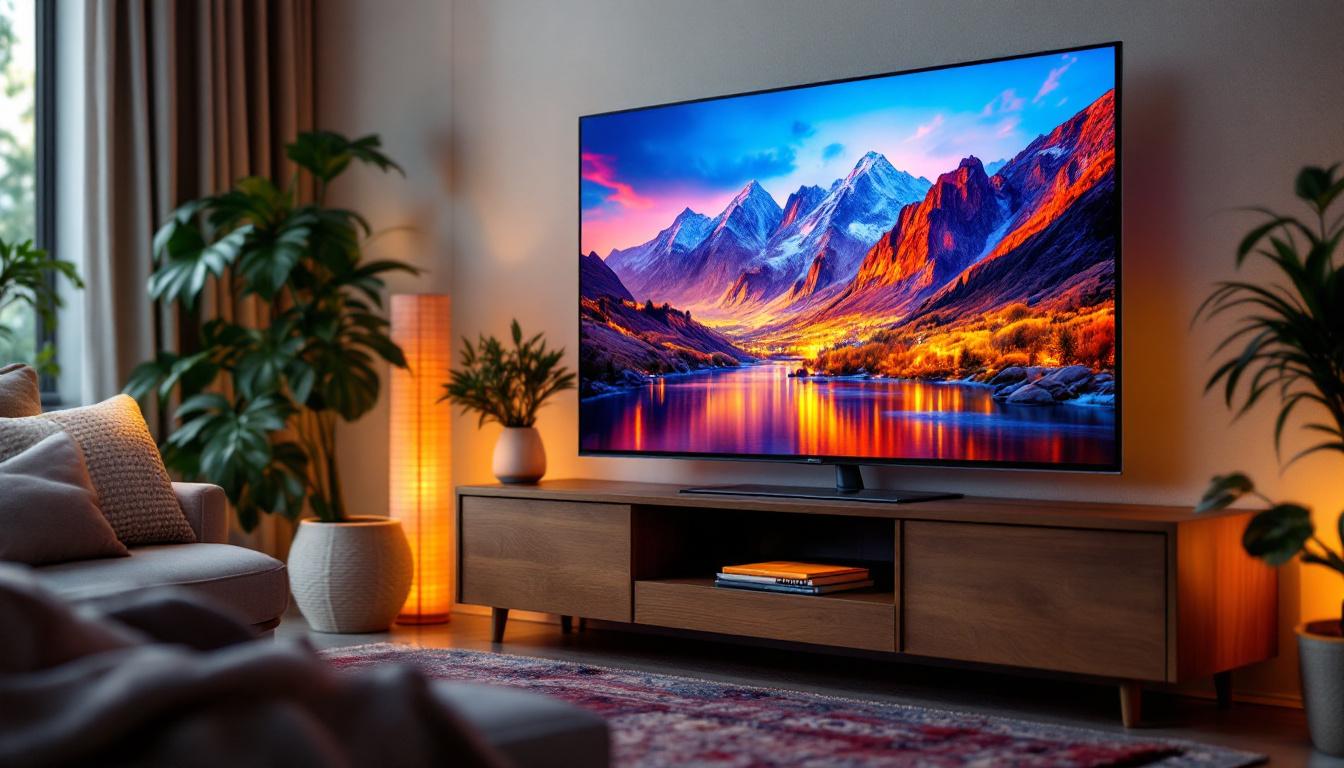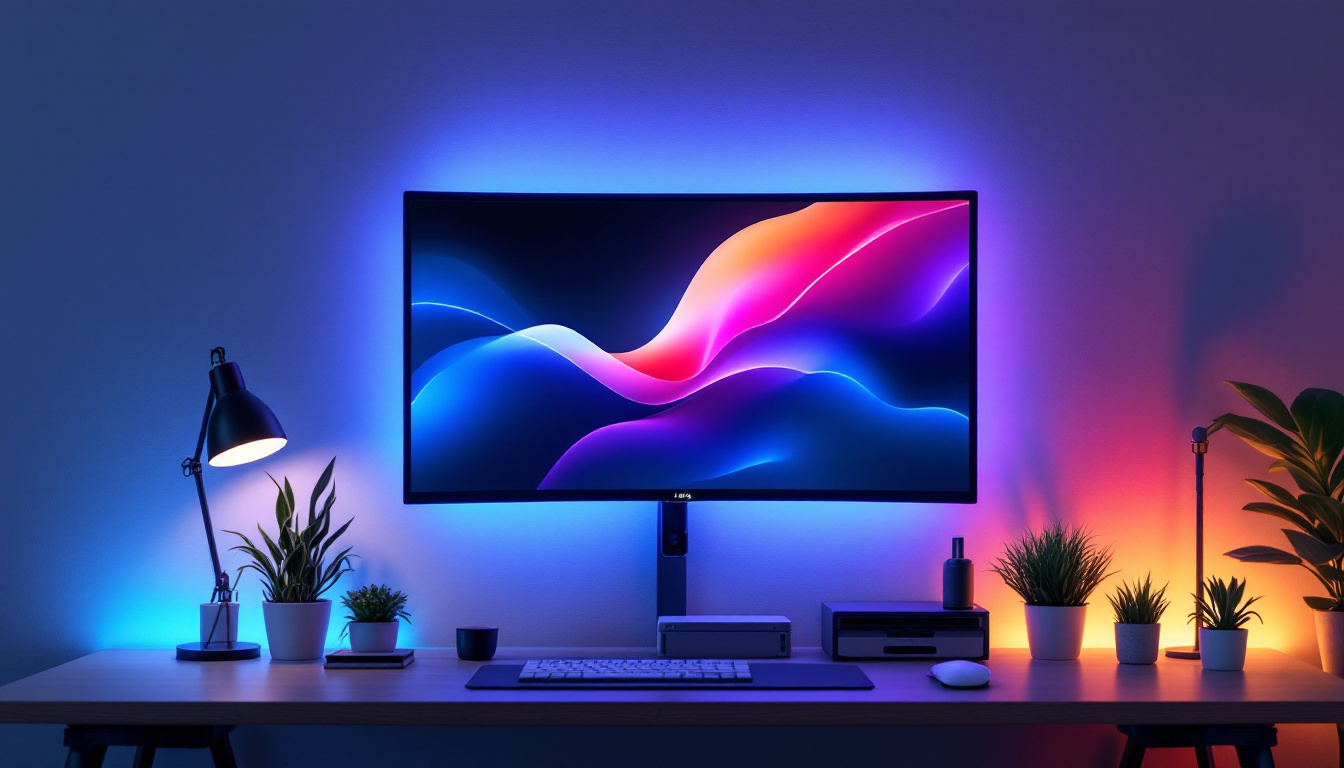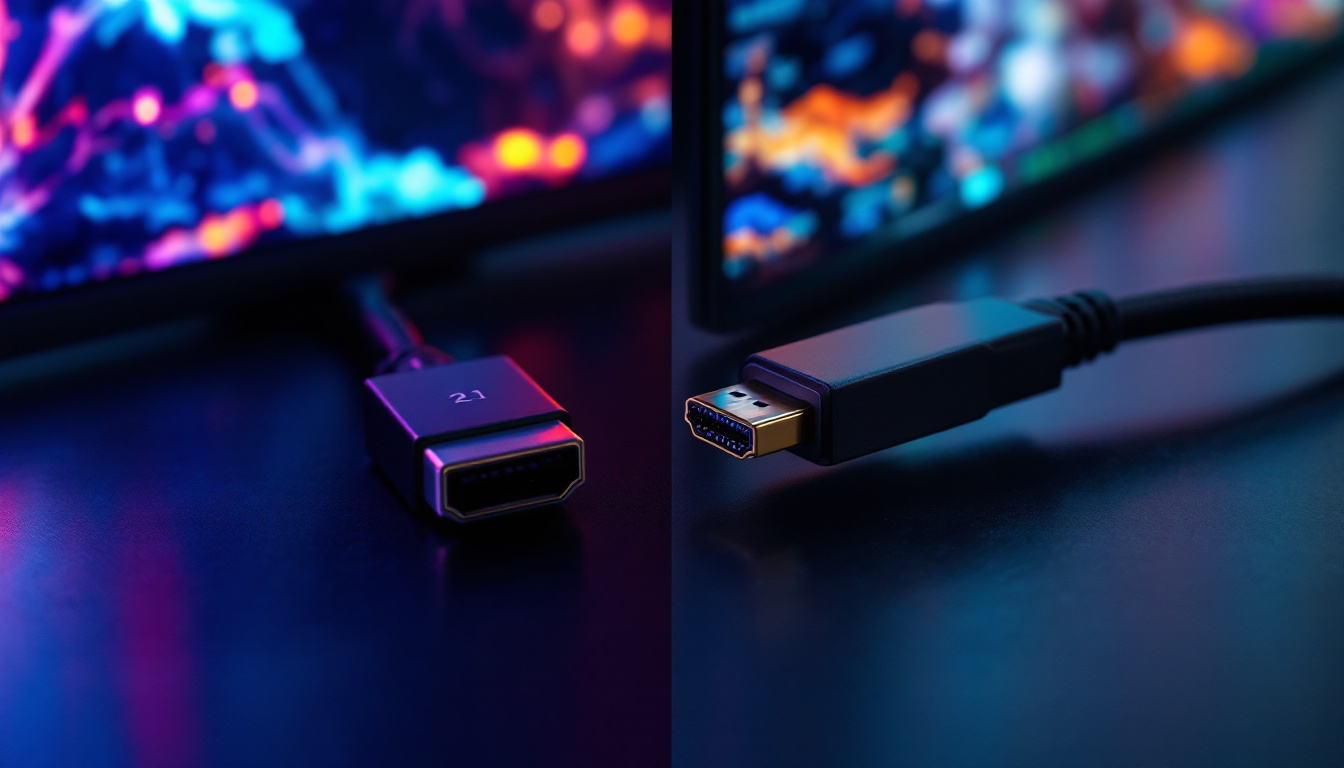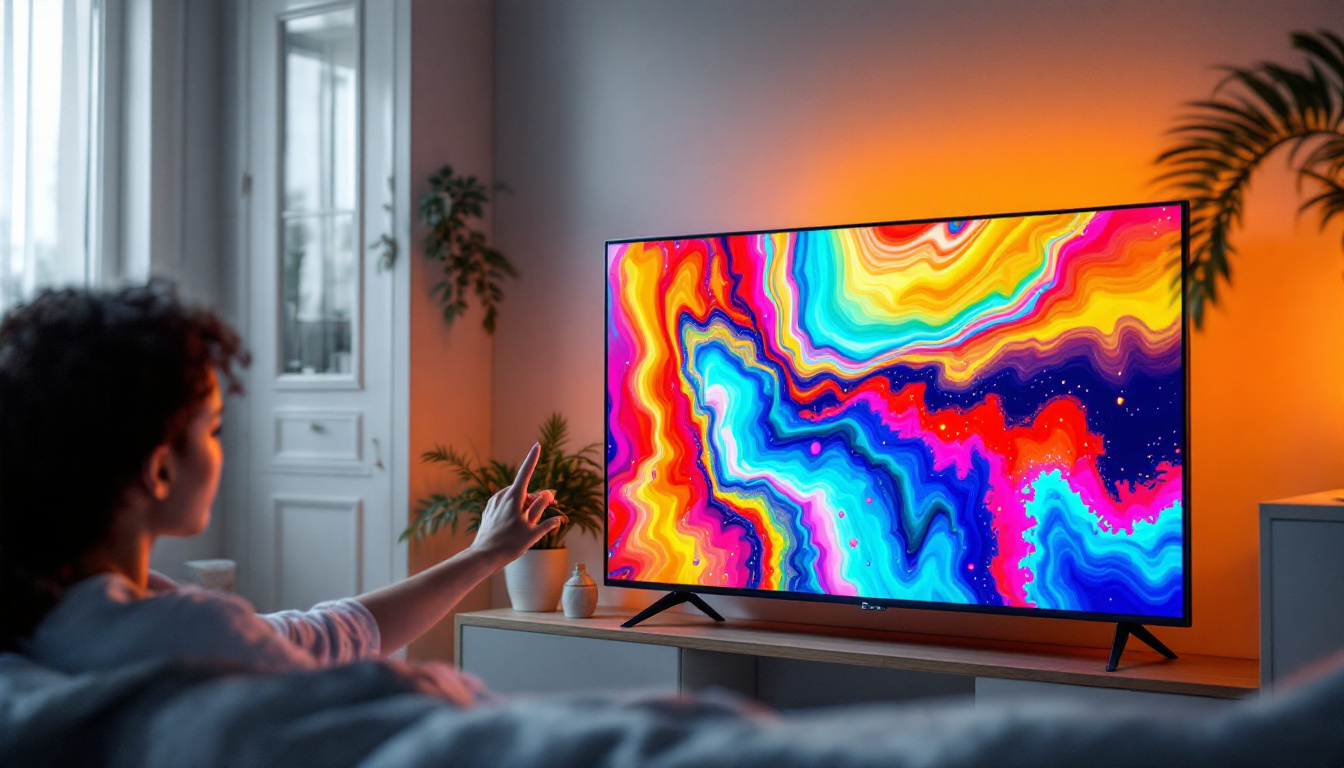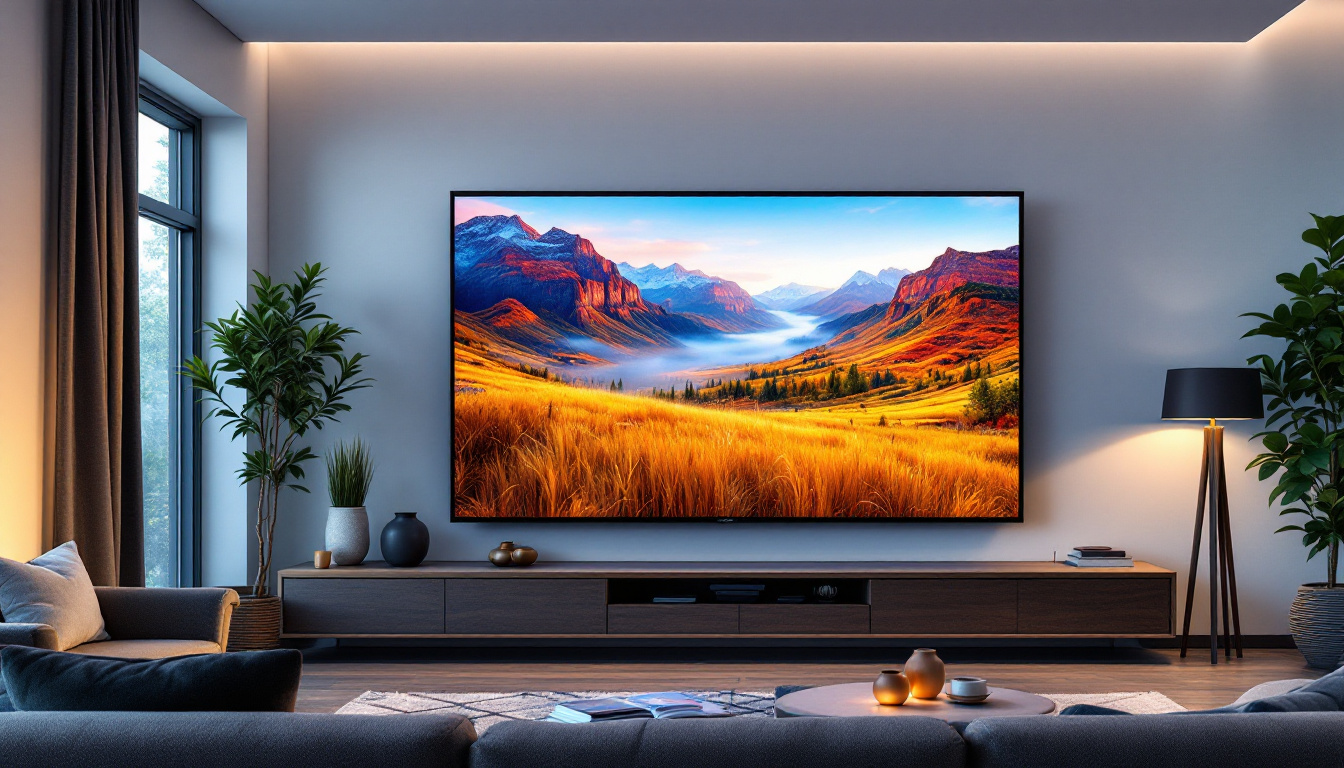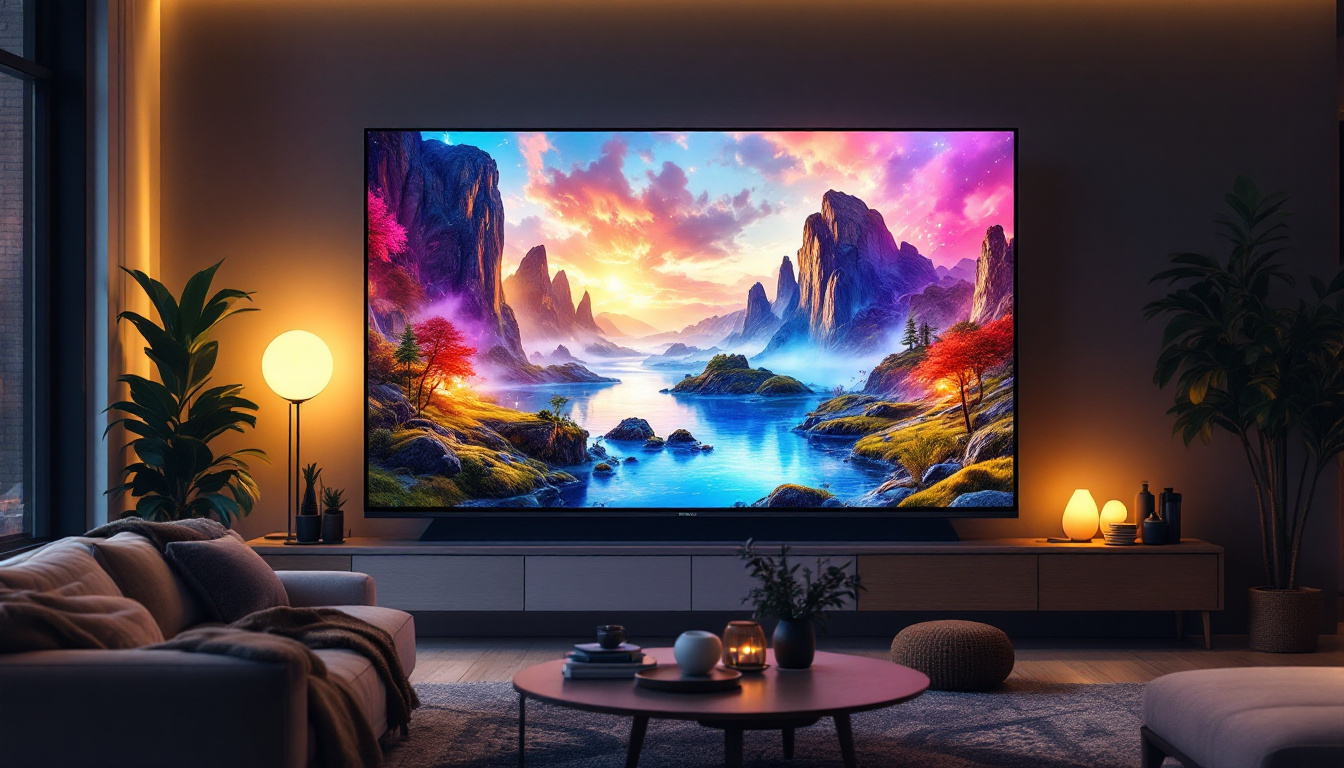Smart Touch Screen TV For Classroom Price: LED Display Explained
In the ever-evolving landscape of education technology, smart touch screen TVs have emerged as a pivotal tool in enhancing classroom learning experiences. These devices combine the functionality of traditional whiteboards with the interactivity of modern technology, creating a dynamic environment for both teachers and students. This article delves into the features, benefits, and pricing of smart touch screen TVs, particularly focusing on LED displays, which are increasingly becoming the standard in educational settings.
Understanding Smart Touch Screen TVs
Smart touch screen TVs are designed to facilitate interactive learning. They allow educators to present information in a visually engaging manner while enabling students to participate actively. This technology not only supports traditional teaching methods but also incorporates multimedia elements that cater to various learning styles. As educational institutions increasingly embrace digital tools, smart touch screen TVs are becoming essential in modern classrooms, transforming the way lessons are delivered and experienced.
Key Features
One of the standout features of smart touch screen TVs is their touch capability. This allows for direct interaction with the content displayed on the screen, making lessons more engaging. Additionally, these devices often come equipped with built-in software that supports various educational applications, enabling teachers to create interactive lessons seamlessly. The intuitive interface encourages students to explore topics more deeply, as they can manipulate content directly, whether through dragging, tapping, or drawing on the screen.
Another significant feature is the high-resolution LED display. This technology ensures that images and videos are crisp and clear, making it easier for students to absorb information. The brightness and contrast of LED screens also enhance visibility, even in well-lit classrooms. Furthermore, many smart touch screen TVs offer multi-screen functionality, allowing teachers to display multiple sources of information simultaneously, such as a video alongside a presentation or a live web page, enriching the learning experience.
Benefits for Classroom Learning
The integration of smart touch screen TVs into classrooms offers numerous benefits. Firstly, they promote collaboration among students. With features like screen sharing and group work capabilities, students can work together on projects, fostering teamwork and communication skills. This collaborative environment encourages peer-to-peer learning, where students can share ideas and perspectives, enhancing their understanding of the material.
Moreover, these devices cater to diverse learning preferences. Visual learners benefit from the vibrant displays, while auditory learners can engage with multimedia content. This adaptability helps create a more inclusive learning environment, accommodating various student needs. Additionally, the interactive nature of smart touch screen TVs can help to maintain student attention and motivation, as they are often more engaged when they can participate actively in their learning process. Teachers can also track student progress in real-time, allowing for immediate feedback and adjustments to teaching strategies as needed, further enhancing the effectiveness of the educational experience.
LED Display Technology Explained
LED (Light Emitting Diode) technology has revolutionized the way displays are manufactured and utilized. In the context of smart touch screen TVs, LED displays provide several advantages over traditional LCD screens, making them the preferred choice for educational institutions.
How LED Displays Work
LED displays utilize a series of small diodes that emit light when an electric current passes through them. This technology allows for greater energy efficiency and a longer lifespan compared to traditional displays. Additionally, LED screens can produce brighter images and deeper blacks, enhancing the overall viewing experience.
In a classroom setting, the clarity and brightness of LED displays are particularly important. They ensure that content is visible from various angles and distances, which is essential in accommodating different classroom layouts and sizes. This adaptability is crucial, especially in modern educational environments where collaborative learning is encouraged, allowing students to engage with the material more effectively.
Advantages of LED Displays in Education
One of the primary advantages of LED displays is their durability. Unlike traditional screens, LED displays are less prone to damage and can withstand the rigors of daily classroom use. This durability translates into lower maintenance costs for schools, making them a cost-effective option in the long run.
Furthermore, LED technology is environmentally friendly. LED displays consume less power, which not only reduces electricity costs but also aligns with sustainability initiatives that many educational institutions are adopting. Additionally, the longevity of LED displays means fewer electronic waste products, contributing to a greener planet. As schools increasingly focus on instilling environmental awareness in students, the use of eco-friendly technologies like LED displays serves as a practical example of sustainable practices in action.
Moreover, the versatility of LED displays extends beyond mere functionality; they can support a variety of multimedia applications, including interactive lessons, video presentations, and real-time data displays. This capability allows educators to create dynamic and engaging learning experiences that cater to diverse learning styles. By integrating LED displays into their teaching strategies, educators can foster an interactive atmosphere that encourages participation and collaboration among students, ultimately enhancing the educational experience.
Pricing Considerations for Smart Touch Screen TVs
The price of smart touch screen TVs can vary significantly based on several factors, including size, brand, and features. Understanding these elements is crucial for educational institutions looking to invest in this technology.
Factors Influencing Price
Size is one of the most significant factors affecting the price of smart touch screen TVs. Larger screens typically come with a higher price tag, but they also offer a more immersive experience for students. Brands also play a role; well-known manufacturers often charge a premium for their products due to perceived reliability and quality.
Additionally, the features offered by the smart touch screen TV can influence its cost. Models equipped with advanced interactivity features, built-in software, and superior display technology tend to be priced higher. Schools must weigh the benefits of these features against their budget constraints. For instance, touch sensitivity, multi-user capabilities, and integration with existing educational software can significantly enhance classroom interactivity and collaboration, making them worthwhile investments.
Average Price Range
On average, educational institutions can expect to pay anywhere from $1,500 to $5,000 for a quality smart touch screen TV. Entry-level models may be available for less, but they often lack the advanced features that enhance the learning experience. Conversely, high-end models with larger screens and extensive functionalities can exceed $5,000.
It’s essential for schools to consider their specific needs and budget when selecting a smart touch screen TV. Investing in a higher-quality model may yield better long-term benefits, including improved student engagement and enhanced learning outcomes. Furthermore, schools should also factor in potential additional costs such as installation, maintenance, and training for teachers and staff to effectively utilize the technology. These considerations can help ensure that the investment not only meets immediate educational needs but also supports ongoing learning initiatives and adapts to future technological advancements.
Moreover, schools might explore financing options or grants specifically aimed at technology upgrades in education. Many vendors offer leasing programs that allow institutions to spread the cost over time, making it easier to manage budgets while still acquiring the latest technology. Additionally, some manufacturers provide educational discounts or packages that include warranties and support services, which can further mitigate long-term expenses and enhance the overall value of the investment.
Choosing the Right Smart Touch Screen TV
With various options available on the market, selecting the right smart touch screen TV for a classroom can be a daunting task. However, by considering a few key factors, educational institutions can make informed decisions that align with their teaching goals.
Assessing Classroom Needs
Before making a purchase, schools should assess their specific classroom needs. Considerations such as the size of the classroom, the number of students, and the types of lessons being taught can all influence the choice of a smart touch screen TV. For larger classrooms, a bigger screen may be necessary to ensure visibility for all students.
Additionally, schools should evaluate the level of interactivity required. Some classrooms may benefit from advanced features like multi-user capabilities, while others may only need basic functions. Understanding these needs will help narrow down the options available.
Budgeting and Financing Options
Budget constraints are a common concern for educational institutions. It’s essential to establish a clear budget before exploring options. Many manufacturers offer financing plans or educational discounts, making it easier for schools to acquire the technology they need without straining their budgets.
Furthermore, schools should consider the long-term costs associated with maintenance and upgrades. Investing in a more durable and feature-rich model may result in lower costs over time, as it may require less frequent replacement or repair.
Conclusion
Smart touch screen TVs equipped with LED displays represent a significant advancement in educational technology. Their ability to enhance interactivity, improve engagement, and cater to diverse learning styles makes them an invaluable tool in modern classrooms. While the initial investment may seem substantial, the long-term benefits in terms of student outcomes and classroom dynamics can far outweigh the costs.
As educational institutions continue to embrace technology, understanding the features, benefits, and pricing of smart touch screen TVs will be crucial in making informed purchasing decisions. By carefully assessing classroom needs and budgeting accordingly, schools can successfully integrate this technology into their teaching practices, paving the way for a more interactive and effective learning environment.
Discover LumenMatrix LED Display Solutions for Your Classroom
Ready to transform your educational environment with the latest in LED display technology? LumenMatrix, a pioneer in creating immersive visual experiences, offers a comprehensive range of LED display solutions tailored to meet the needs of modern classrooms. From interactive Indoor LED Walls to vibrant Outdoor Displays and beyond, our products are designed to engage students and elevate the learning experience. Embrace the future of education with LumenMatrix’s cutting-edge displays. Check out LumenMatrix LED Display Solutions today and bring your classroom to life.

